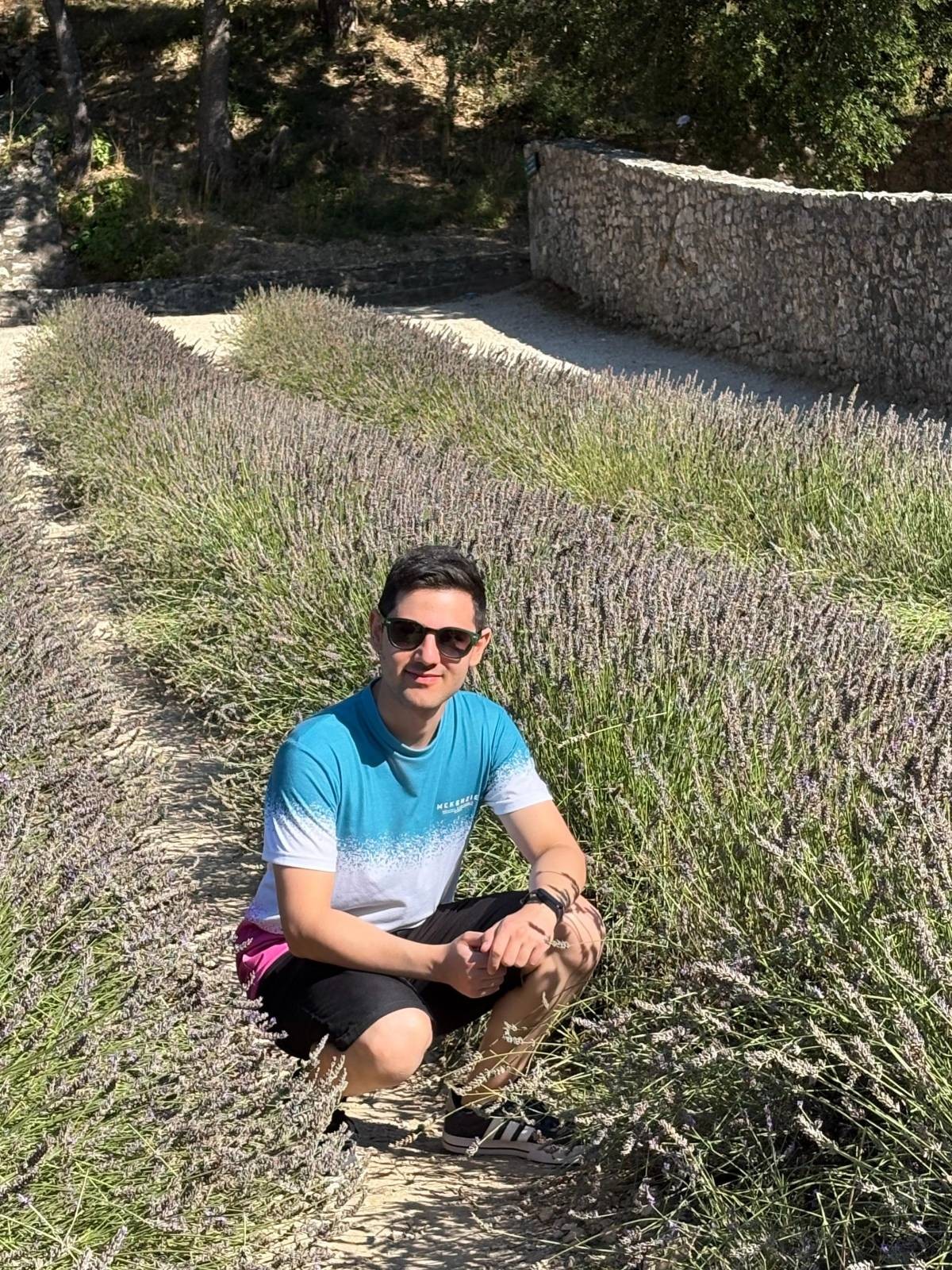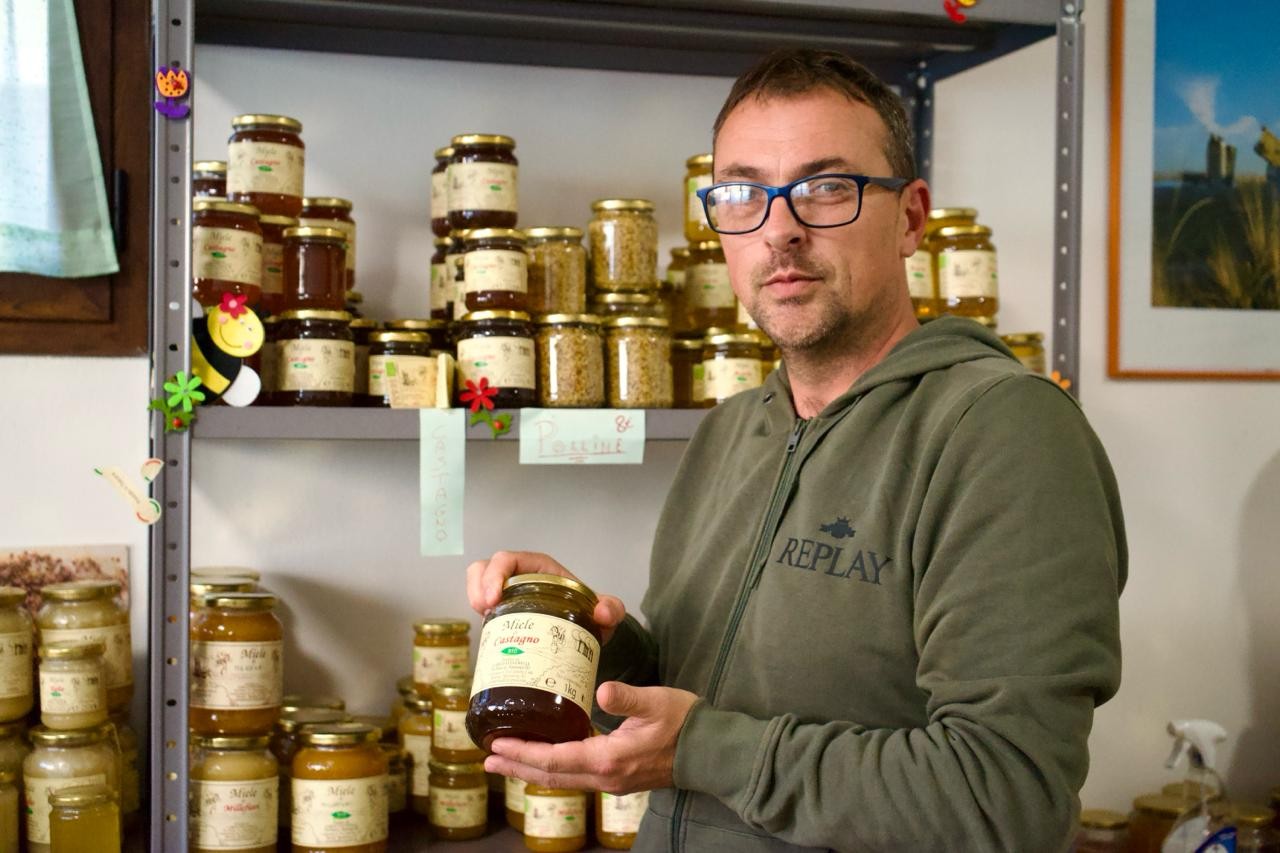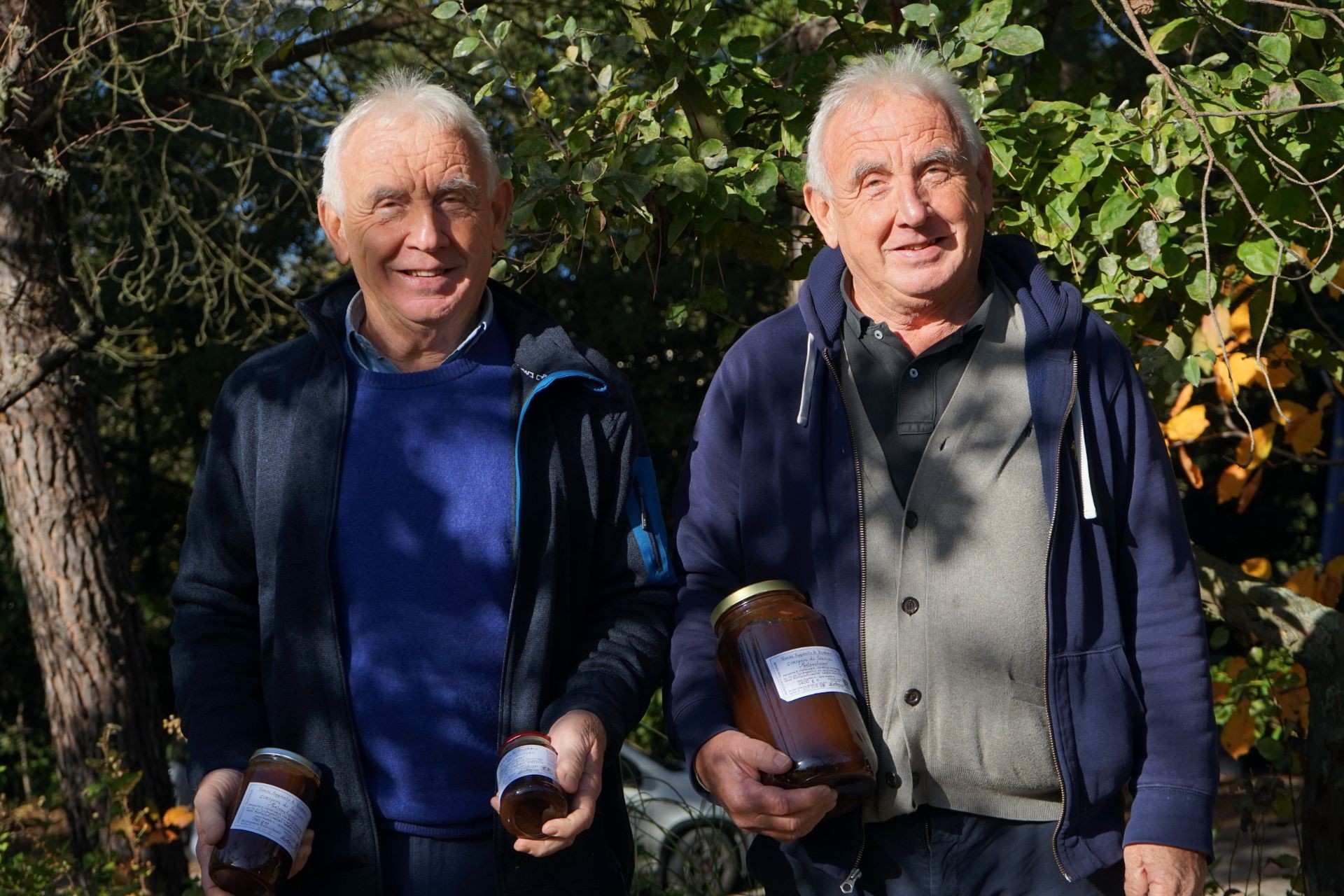The stories of the local ambassadors: Riccardo Lorenzetti, Petroio (Trequanda)
Petroio is the delightful village of the color of terracotta, in the municipality of Trequanda, between the Valdichiana Senese, the Val d'Orcia and the Crete Senesi. This town is closely linked to the tradition of clay processing, and the Etruscans had already understood this. In fact, here there is excellent quality clay that has always been suitable for the creation of design objects and utensils for everyday use.
“In Petroio, clay has been the main resource for years, so much so that already in 1600 there were kilns here: a peculiarity that made it the only town with an artisan vocation in this area, since all the neighboring towns such as Trequanda and Castelmuzio have always lived on agriculture and sharecropping". Riccardo Lorenzetti, whose family has always been closely linked to terracotta, tells the story of this element that has changed the Petroian community over the years: “Grandfather's grandfather was a tanner, as was my father. I found myself going to the factory in the summer from the age of 8, and then working there for 33 years."
Petroio has truly lived in symbiosis with the production of terracotta, so much so that even today, walking through the streets of the historic centre, you can admire original clay artefacts such as animals, vases, sacred shrines, gutters. In Via Valgelata there is a Terracotta Museum, created with the aim of showing and communicating the community's connection with this material between past and present, between craftsmanship and design.
“The Petroio community was one with the production of terracotta because before the post-war factories were born in the Madonnino dei Monti area, there was only one factory which was located right in the center of the town, consequently Petroio really developed like a hive town, because everyone worked there, there was nothing else”.
What makes the history of this village particularly interesting is that its inhabitants were able, over time, to transform the production of terracottas from a utilitarian activity, with the creation of plates, crockery, basins, tubes or siphons, to a production of designer artefacts such as vases, statues, amphorae, furnishing objects: “The factories in the meantime have moved out of the historic centre, and then to the lower Valdichiana for better transport of the finished products. There are very few artisans left who work in workshops trying to resist modern times by working with manual skill and creativity. Even if today things have changed for a whole series of reasons, I believe that the production of terracotta is still the distinctive feature of Petroio, a characteristic that no one else has and that as Petroians we must jealously guard and preserve".
Riccardo's place of the heart: La Piazzola in Petroio
“Where I was born, there is a little gem set in the historic center, a kind of county. When I was little, in those houses that surrounded the small square, there was precisely the idea of a tribe. Many times I think back to summer evenings, to when it was inhabited and was full of children playing and adults just hanging out and chit chatting: that was the perfect idea of community."
The place recommended by the local: Porta al Leccio in Trequanda
“Because it is the ideal setting for a metaphysical painting, in any season it is like entering a painting. Coming out of that arch in autumn is suggestive to say the least, it's an experience that everyone should have."
To discover the artisan tradition of terracotta manufacturing in Trequanda, don't miss out on our tour.












